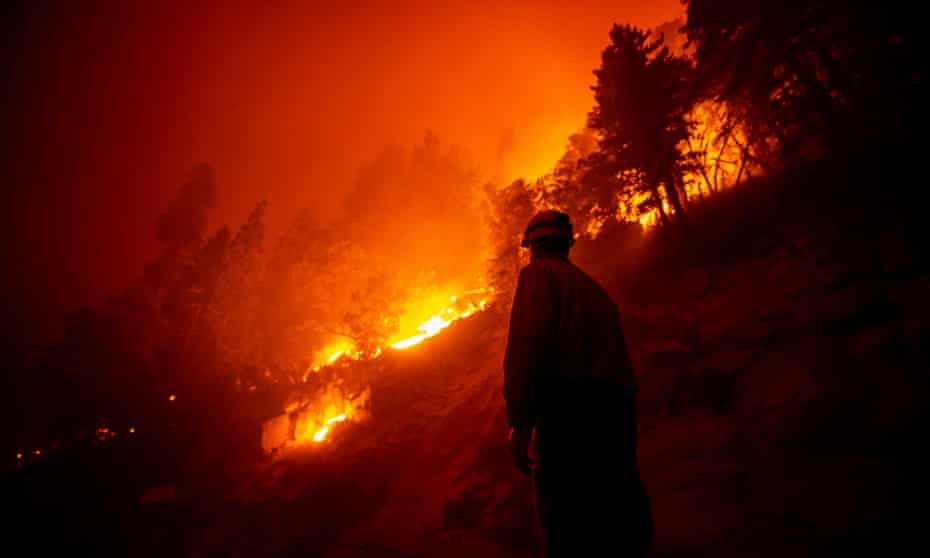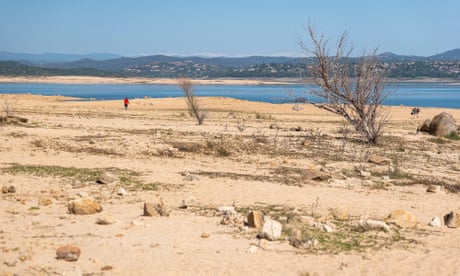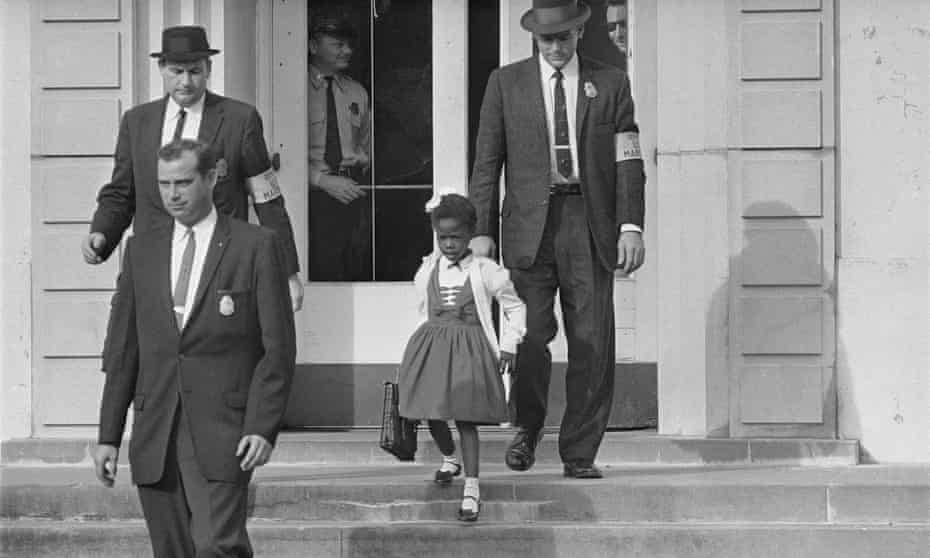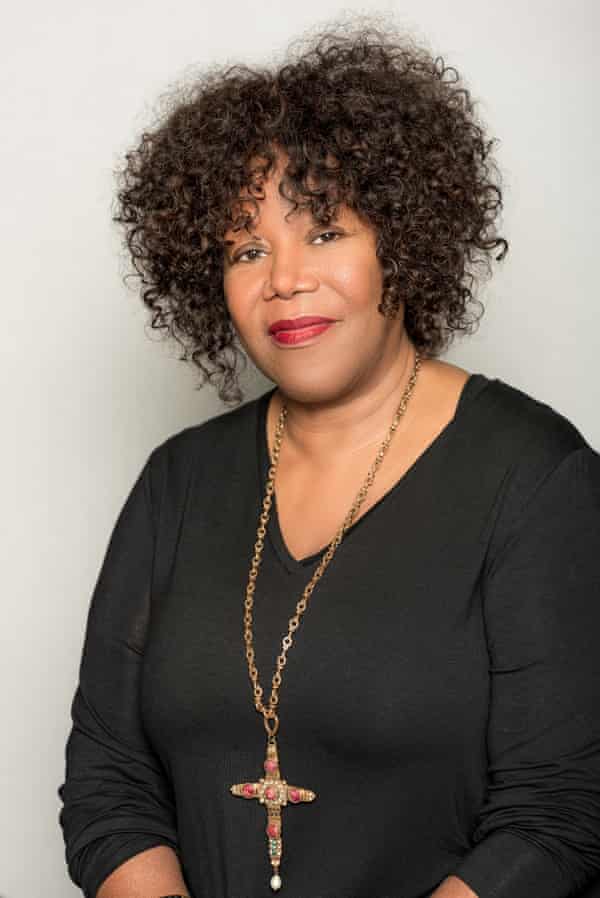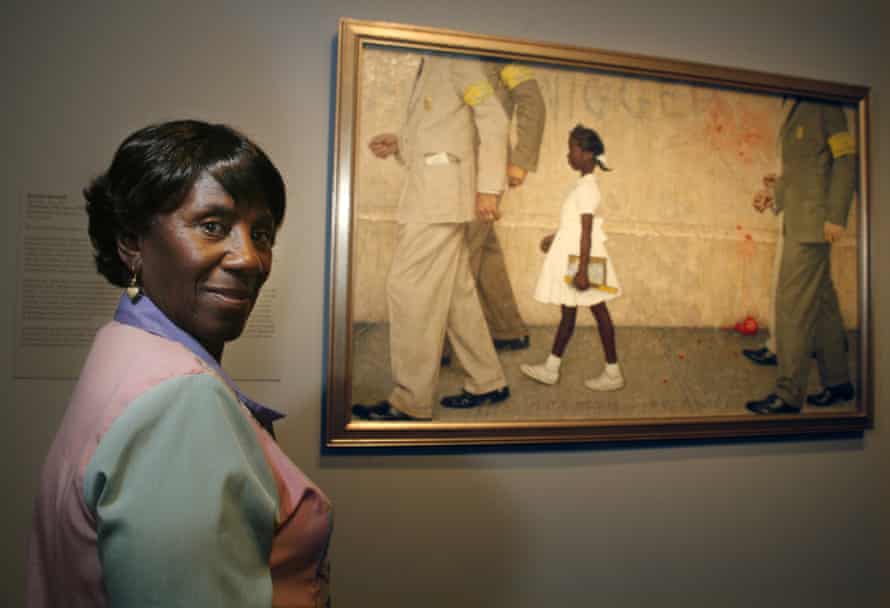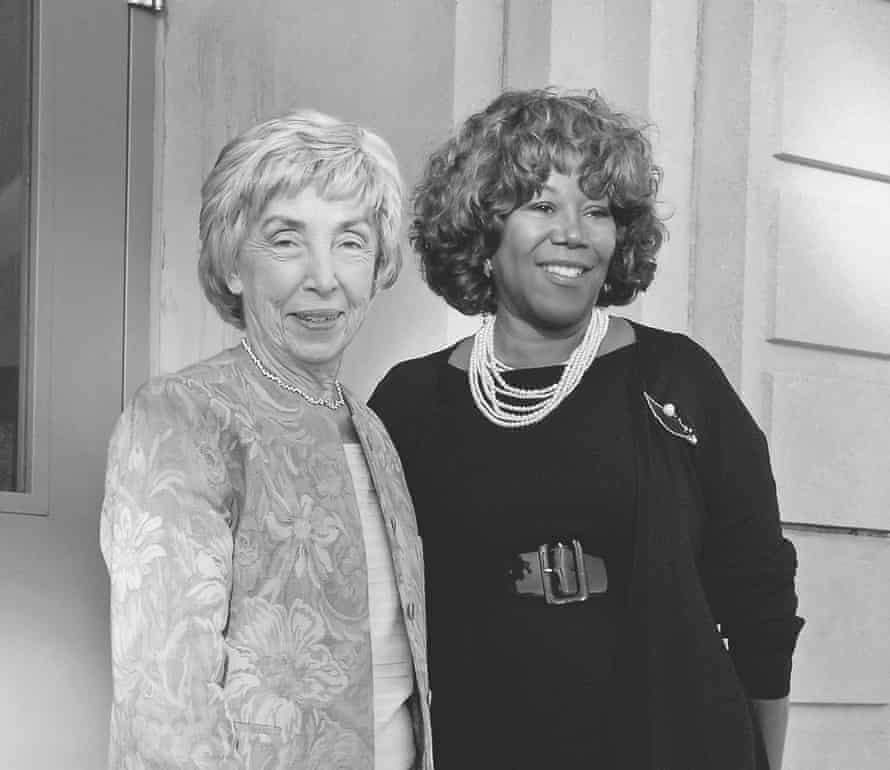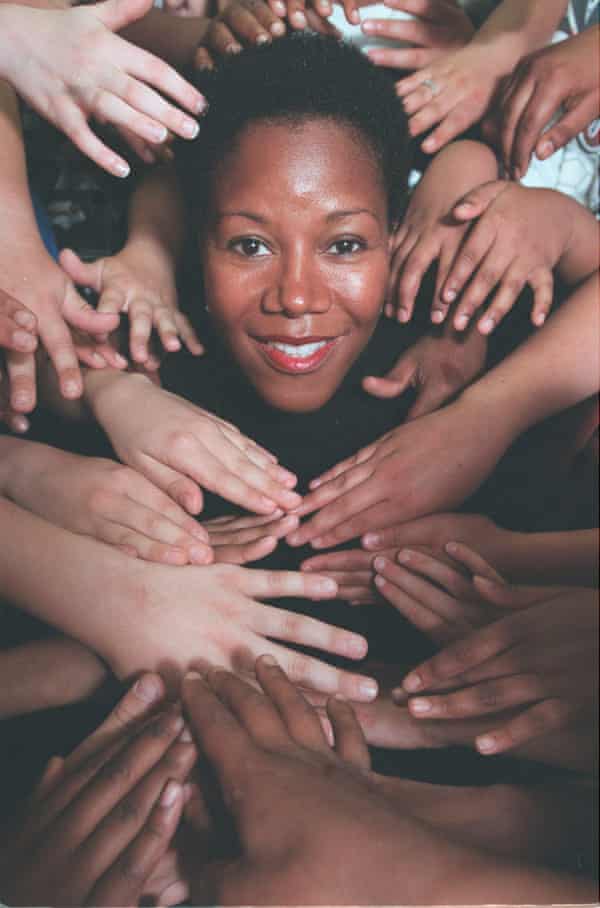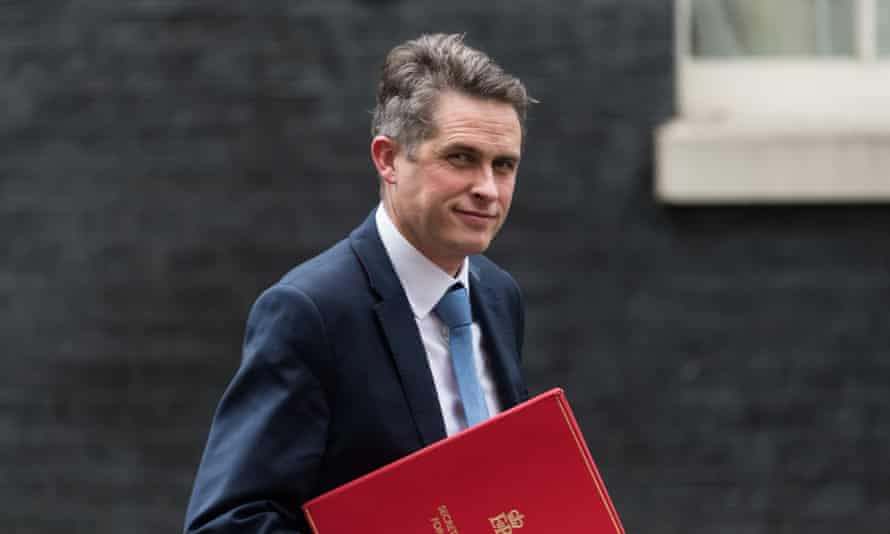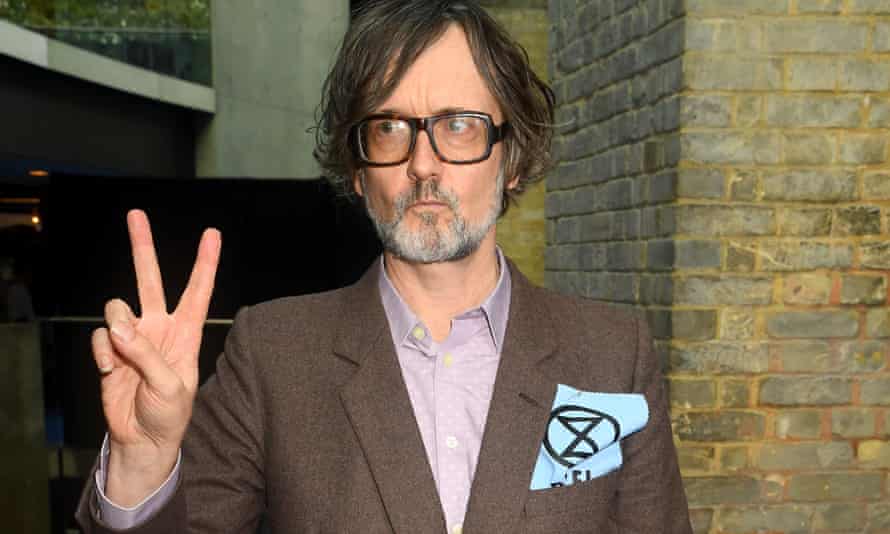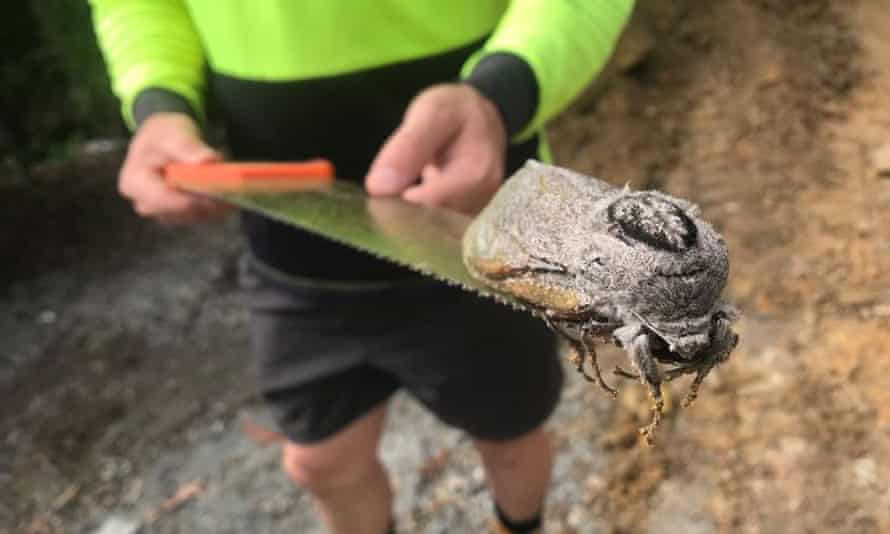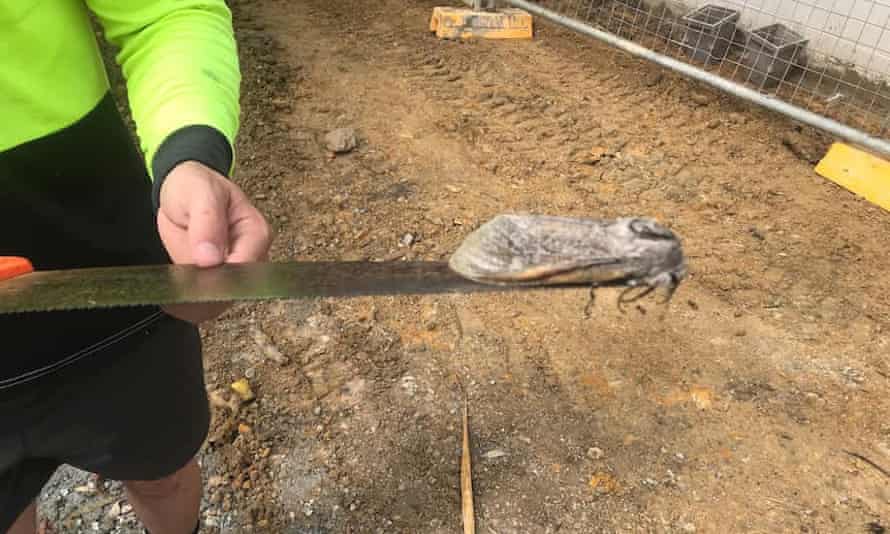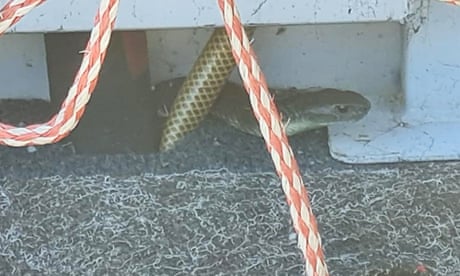Russia is 'stealing' the north magnetic pole from Canada
Tristin Hopper
POSTMEDIA
6/5/2021

Watch the latest Everything Should Be Better video or read the transcript below to learn how Russia isn’t just seizing pieces of Eastern Europe these days; it may soon have title to what was previously one of Canada’s proudest cartographic features.
There are a few things you can take pride in as a Canadian. We’re the world’s number one producer of pulses. We’re the world’s largest non-resident constitutional monarchy. And whenever someone pulls out one of these (a compass) it’s pointing right at us. Canada may not technically own the North Pole, but we do own the magnetic north pole: The mysterious dot to which all the world’s compasses point.
Or, at least, we used to. Because I have bone-chilling news for all of you. In recent years, for reasons we don’t fully understand, the Magnetic North Pole has been fleeing the sublime liberty of the Maple Leaf in order to take up residence in Russia.
As of 2020, Magnetic North is right around here: Still in international waters, but clearly making a beeline for Siberia. If it keeps moving at its current pace, roughly 55 kilometres per year, the magnetic pole will make landfall in Russia right around 2050, just in time for Putin’s ninth term as president.



© Provided by National Post
It’s popular these days to mourn the passing of American global hegemony. After decades of Pax Americana, the world risks slipping into a new era shaped by emerging powers such as Russia, Iran and China. But amid hand-wringing over the loss of military or economic power, you may not have noticed that NATO just lost one of its lesser known assets: De facto ownership of the mysterious dot to which all of the world’s compasses point.
It’s popular these days to mourn the passing of American global hegemony. After decades of Pax Americana, the world risks slipping into a new era shaped by emerging powers such as Russia, Iran and China. But amid hand-wringing over the loss of military or economic power, you may not have noticed that NATO just lost one of its lesser known assets: De facto ownership of the mysterious dot to which all of the world’s compasses point.
Watch the latest Everything Should Be Better video or read the transcript below to learn how Russia isn’t just seizing pieces of Eastern Europe these days; it may soon have title to what was previously one of Canada’s proudest cartographic features.
There are a few things you can take pride in as a Canadian. We’re the world’s number one producer of pulses. We’re the world’s largest non-resident constitutional monarchy. And whenever someone pulls out one of these (a compass) it’s pointing right at us. Canada may not technically own the North Pole, but we do own the magnetic north pole: The mysterious dot to which all the world’s compasses point.
Or, at least, we used to. Because I have bone-chilling news for all of you. In recent years, for reasons we don’t fully understand, the Magnetic North Pole has been fleeing the sublime liberty of the Maple Leaf in order to take up residence in Russia.
As of 2020, Magnetic North is right around here: Still in international waters, but clearly making a beeline for Siberia. If it keeps moving at its current pace, roughly 55 kilometres per year, the magnetic pole will make landfall in Russia right around 2050, just in time for Putin’s ninth term as president.

Artist’s impression.
This is quite a black eye for a country that has been home to magnetic north since we can remember, and who proudly puts magnetic north on its official maps.
The first time a human being stood on what they knew to be the magnetic north pole was in 1831. James Clark Ross was looking for Sir John Franklin around the Boothia Peninsula when he found it, and this location of magnetic north would officially become Canadian territory in 1880.
Unlike the actual north pole (which Canada weirdly claims is also ours by publishing maps pretending to own a giant triangle of international waters) magnetic north has always moved around a little bit. The reasons for this aren’t fully understood, but the earth is basically a big ball of liquid rock and metal with a thin crusty part that we all live on. If all that molten planet shifts a bit more vigorously than usual, it moves the magnetic field around.
This is quite a black eye for a country that has been home to magnetic north since we can remember, and who proudly puts magnetic north on its official maps.
The first time a human being stood on what they knew to be the magnetic north pole was in 1831. James Clark Ross was looking for Sir John Franklin around the Boothia Peninsula when he found it, and this location of magnetic north would officially become Canadian territory in 1880.
Unlike the actual north pole (which Canada weirdly claims is also ours by publishing maps pretending to own a giant triangle of international waters) magnetic north has always moved around a little bit. The reasons for this aren’t fully understood, but the earth is basically a big ball of liquid rock and metal with a thin crusty part that we all live on. If all that molten planet shifts a bit more vigorously than usual, it moves the magnetic field around.

© Robert Allison/SAS Institute A map by the SAS Institute showing the sharp drift of the north magnetic pole in recent years.
For most of the 20th century, magnetic north only moved about 11 kilometres per year, following a lazy path around the Canadian Arctic archipelago. As recently as 2007, when the guys from Top Gear set out to drive a specially equipped truck to magnetic north, their whole trip from beginning to end was in either Canadian territory or Canadian waters.
But by then, magnetic north had already begun its all-out drive across the Arctic Circle. As to why, NASA thinks climate change might be a reason: The Arctic has lost 278 gigatonnes of ice in the last 20 years, and when you take that much weight off all at once it shouldn’t be completely surprising that it’s freeing up the ground beneath to shift around a bit more freely than usual.
So what’s Canada to do about losing our magnetic pride and joy? Well, if anyone has 278 gigatonnes of ice lying around, that would be helpful. We could experiment with building an extremely large electromagnet in Winnipeg to override the earth’s magnetic field and ensure that the world’s compasses continue to point the correct, Canadian, way.
Or, boycott the compass. If these things are going to insist on pointing at Russia, we make it a point of national honour to dismiss them as the kitschy party tricks they are. Real navigators use GPS and celestial measurements.
For most of the 20th century, magnetic north only moved about 11 kilometres per year, following a lazy path around the Canadian Arctic archipelago. As recently as 2007, when the guys from Top Gear set out to drive a specially equipped truck to magnetic north, their whole trip from beginning to end was in either Canadian territory or Canadian waters.
But by then, magnetic north had already begun its all-out drive across the Arctic Circle. As to why, NASA thinks climate change might be a reason: The Arctic has lost 278 gigatonnes of ice in the last 20 years, and when you take that much weight off all at once it shouldn’t be completely surprising that it’s freeing up the ground beneath to shift around a bit more freely than usual.
So what’s Canada to do about losing our magnetic pride and joy? Well, if anyone has 278 gigatonnes of ice lying around, that would be helpful. We could experiment with building an extremely large electromagnet in Winnipeg to override the earth’s magnetic field and ensure that the world’s compasses continue to point the correct, Canadian, way.
Or, boycott the compass. If these things are going to insist on pointing at Russia, we make it a point of national honour to dismiss them as the kitschy party tricks they are. Real navigators use GPS and celestial measurements.

Winners don’t use cardinal navigation.
• Email: thopper@postmedia.com | Twitter: TristinHopper
• Email: thopper@postmedia.com | Twitter: TristinHopper


